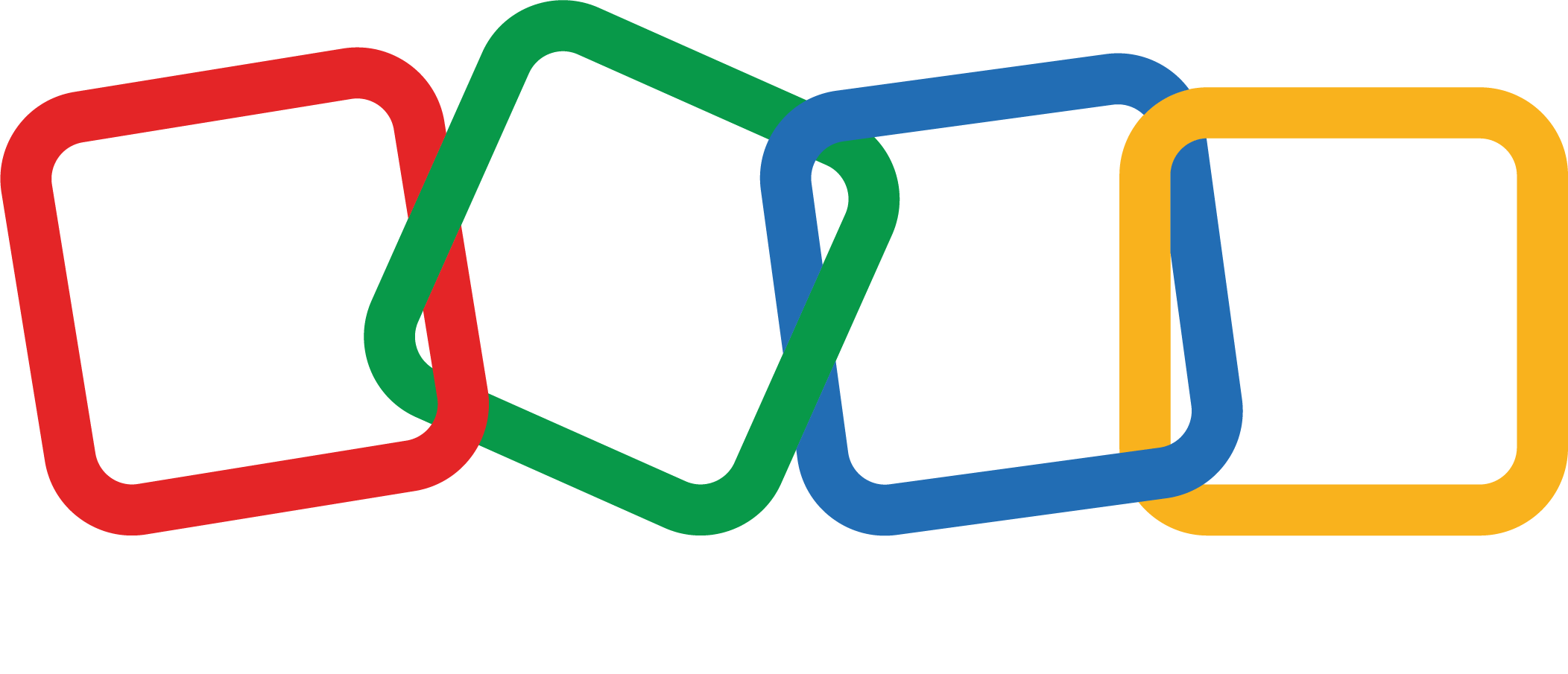
Finance Free Apps
Inventory
Billing
Finance & Payroll
- HMRC Furlough Claim Calculator
- Income Tax Calculator
- Paycheck Calculator
- India GST Calculator
- UK VAT Calculator
- UK Flat Rate Calculator
- Corporation Tax Calculator
- Financial Report Templates
- Free Project Cost Quote Calculator
- Form W-9 Generator
- Payslip Generator
- NPS Calculator
- EPS Pension Calculator
- Gratuity Calculator
- Statutory Bonus Calculator
- HRA Exemption Calculator
Expense

